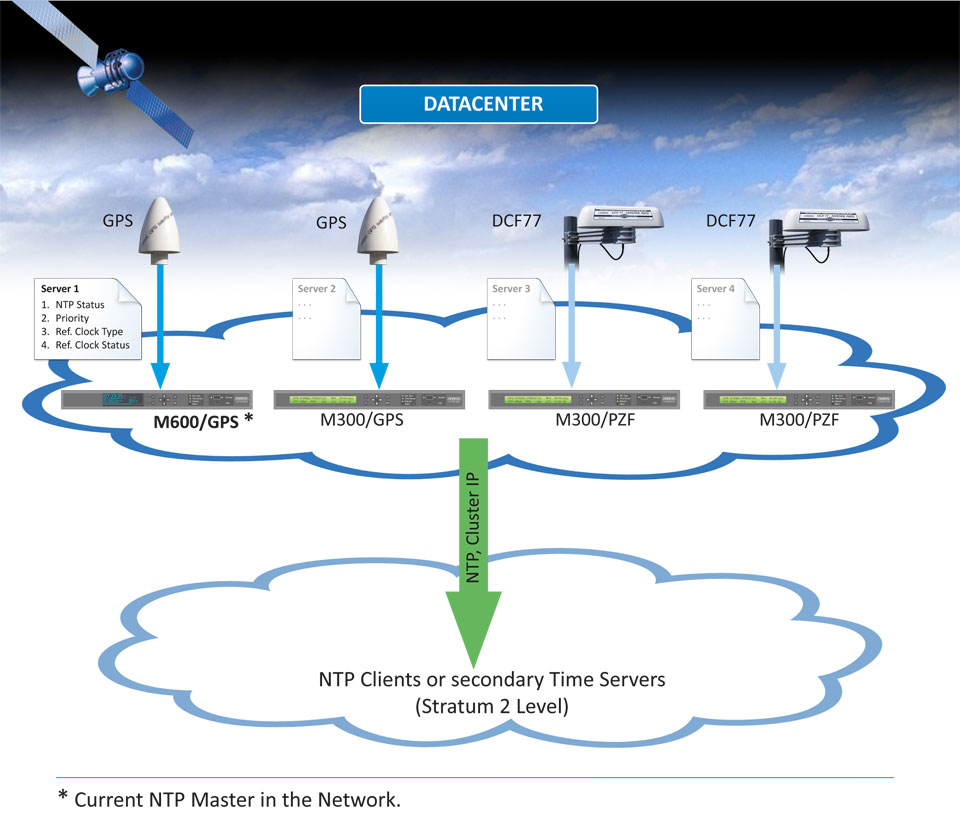By Andreja Jarc. Synchronized timing is vitally important when many systems work together in a network. Services such as Logfiles, Correlation of Events, User Authentication Mechanisms, Job Scheduling e.g. Swtor sith warrior last trial full. For backups or Active Directories running on distributed platforms use accurate timestamps to record events in chronological order and to avoid conflicts with data replication.

These guys are pretty new and in typical Cisco fashion I think they were rushed out a bit soon. There is not a lot of documentation or support online for them. I currently have one TAC/bug open for a major issue I found, so hopefully its just user error on my part since i'm relatively new using Nexuses.I'm having a little trouble setting up NTP on our new Nexus 3064s.

We are using a local Meinberg M300 as our server and the Nexus 3064 as a client. Before I submitted a TAC I was wondering if the community would mind double checking what I have.One major issue I've come across is that the Nexus 3064 will only take a 8 character NTP passphrase. We normally use a 32 char MD5 string. I setup a new 8 char passphrase on our Meinberg M300.I am not using fabric extenders or distribution to other Nexuses.
- Have a Question about Cisco UCS? Posted on August 9, 2012 by ucsguru. Principal Consultant and Data Center Subject Matter Expert. I do not work or speak for Cisco or any other vendor. 6248UP = Nexus 5548UP, 6296UP = Nexus 5596UP. You will notice that all these models now only have a single MGMT Port.
- Themselves using two Meinberg M300 GPS devices as stratum 1 sources. Working device: C2801 running 12.4(24)T3 Enterprise Base, 128 MB RAM. Connected to a 3560E as an access device, Fa0/0 has an IP address and a default route pointing at the gateway for that access VLAN. NTP update source is this interface.
I am using an interface vlan as our management interface per our current network setup. I am using a VRF. They are a bit different. I love being about to go to config mode and run all the exec commands. They really force you to use VRFs for management, while is good practice the implementation and configuration is a bit messy.We're hoping to step up to some 7ks later this year if funding becomes available, but right now we bought some 3064s for 10g distribution, and I have to admit I'm not super happy with them. So far they are extremely buggy, and the online documentation on Cisco.com frankly stinks. I guess it's another case of a rushed product by Cisco.
One day we'll learn or lessons and wait a year before buying any new lines of Cisco products. I was messing with CFS for awhile to see if that would resolve the issue. Maybe your on to something.Sorry I'm still very new to the Nexus line. Do you need to have CFS if you only have one switch? I thought CFS was to push down configurations to fabric extenders?I ran the commands you said and here is the results. CFS Application command did show NTP is not being distributed. Ntp commitFabric Distribution not enabled for NTP show cfs lockNothing.
Show cfs applicationntp No Physical-fc-ip.
Meinberg M300 Cisco 5548 Download
The LANTIME M300 Time Server is an extremely flexible platform for applications that require a reliable, stable and accurate source of network time. It offers two 10/100baseT Ethernet ports (four or six optionally) and includes an integrated Meinberg reference clock and a TCXO precision internal oscillator. The front panel LCD and the eight-button keypad provide a convenient means to set the basic network parameters such as IP address, gateway, and netmask. The LCD menu allows configuration of a large number of features and provides detailed status information for the reference signal (synchronization, lock, etc.) or NTP related information (current stratum, offset, and source of synchronization).Because of its modular system architecture it is possible to equip a LANTIME M300 Time Server with a number of different reference time sources.
Meinberg M300 Cisco 5548 Price
The M300 includes a Reference Clock that will synchronize to either GPS, DCF77(PZF), MSF, WWVB, available IRIG/AFNOR Time Codes, or an MRS version which can synchronize to a combination of these with user-selectable priority and switchover time.There are also several precision quartz oscillator options available for applications with higher accuracy and stability requirements. The oscillator determines the holdover characteristics (drift) when the Reference Clock signal is disturbed or temporarily unavailable. Output options include DC power input, additional network or serial ports, different serial string configurations, and frequency and pulse outputs.